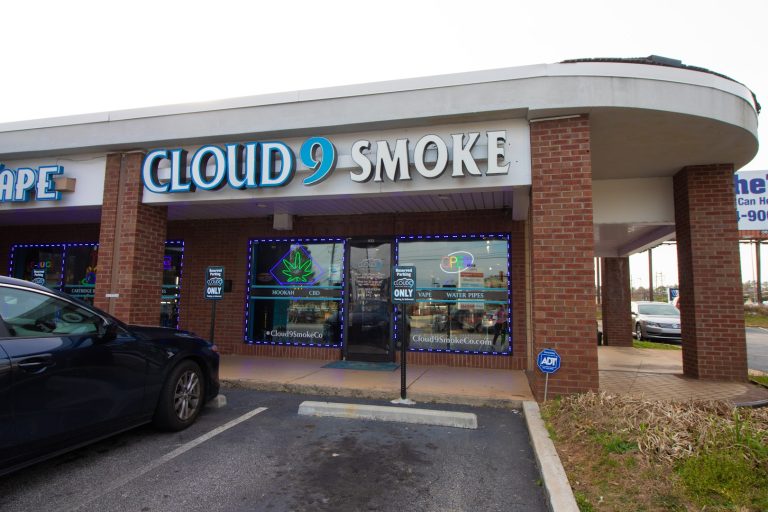Customer experience is one of the most important factors when choosing where to eat, and one way to improve this experience is by automating processes. In this blog post, we will explore how automation can be used to increase efficiency and enhance the customer experience in Quick-Service Restaurants (QSRs). Read on to find out more details!
Introduction to Quick-Service Restaurants (QSRs)
In the United States, quick-service restaurants (QSRs) are defined as food establishments that serve meals and snacks to customers in less than 30 minutes. Automation is increasingly becoming a popular way for QSRs to improve efficiency and enhance the customer experience.
QSRs are boosting efficiency with automation, like self-service kiosks. QSR automations streamline processes, increase efficiency and enhance customer experience. These kiosks allow customers to place their orders directly with the restaurant without having to wait in line to speak with a human cashier. This not only saves time for the customer but also reduces the amount of labor that the restaurant requires.
Another way QSRs are using automation is through automated kitchen equipment. This type of equipment can prepare food faster and more consistently than human cooks, which can lead to shorter wait times for customers. Automated kitchen equipment can also help reduce labor costs for the restaurant.
Overall, automation can help QSRs improve efficiency and enhance the customer experience. Self-service ordering kiosks and automated kitchen equipment are just two of the many ways that QSRs can use automation to their advantage.
The Benefits of Automation in QSRs
Automation in quick-service restaurants (QSRs) has many benefits, including increased efficiency, enhanced customer experience, and improved safety.
1) Increased efficiency: Automation can help QSRs operate more efficiently by reducing labor costs, minimizing food waste, and increasing throughput. For example, automatic order-taking and payment can help reduce customers’ waiting time. Automatic food preparation can help reduce kitchen staff requirements and minimize food waste. And automated front-of-house and back-of-house tasks can help increase throughput without sacrificing quality or service.
2) Enhanced customer experience: Automation can help improve the customer experience by providing a more efficient and consistent experience. For example, automated ordering systems can provide customers with real-time information about wait times and order accuracy. And automated payment systems can help speed up the checkout process.
3) Improved safety: Automation can also help improve food safety by reducing the risk of human error. For example, automatic temperature control systems can help ensure that food is cooked properly, and automated cleanliness systems can help keep kitchens clean and sanitary.
Automation Technology and How it Enhances Efficiency
Technology has always been a game-changer in the quick-service restaurant industry. From the introduction of the drive-thru to innovative ordering systems, technology has helped QSRs improve efficiency and enhance the customer experience. Today, automation is playing a key role in helping QSRs meet the demands of today’s customers.
Automation can be used in a variety of ways to increase efficiency and enhance the customer experience. For example, automated order-taking and payments can help reduce order processing time. Automated kitchen equipment can help improve cooking accuracy and speed. And self-service kiosks can provide a more efficient way for customers to place orders and make payments.
Each of these automation solutions can help QSRs improve efficiency and enhance the customer experience in different ways. Automated order-taking and payments, for example, can help reduce order processing times. Automated kitchen equipment can improve cooking accuracy and speed. And self-service kiosks provide customers with a more efficient way to place orders and make payments.
Implementing automation technology can help QSRs meet the demands of today’s customers while increasing efficiency and enhancing the customer experience.
Automation and Enhancing the Customer Experience
As the restaurant industry becomes increasingly competitive, quick-service restaurants (QSRs) are looking for ways to improve efficiency and enhance the customer experience. One way to do this is through automation.
Automation can help QSR speed up order-taking and processing and reduce labor costs. In addition, automated systems can help improve the accuracy and consistency of orders, which can lead to happier customers.
While automation may not be right for every QSR, it can be a valuable tool for improving efficiency and enhancing the customer experience.
Examples of Automation Solutions for QSRs
Customers today expect a quick, seamless experience when they visit a quick-service restaurant (QSR). To meet these expectations, QSRs are turning to automation to help increase efficiency and enhance the customer experience.
Some examples of automation solutions for QSR include:
-Self-service ordering kiosks: Customers can use a self-service kiosk to view menu items and place their orders. This frees up staff members to focus on other tasks, such as preparing food.
– kitchen automation: Automating tasks in the kitchen can help improve accuracy and speed up food preparation. This can lead to shorter wait times for customers.
-Payment processing: Automating payments can help reduce the time customers spend waiting in line to pay for their orders.
Challenges of Implementing Automation in QSRs
While quick-service restaurants have been quick to adopt new technologies to increase efficiency and enhance the customer experience, they have been slower to implement automation. This is due to a number of challenges, including the high cost of automated machinery and the lack of a skilled workforce to operate it. Additionally, many quick-service restaurants are reluctant to make changes that could negatively impact their brand or customer base.
As the costs of automating machinery continue to fall and the benefits become more clear, we expect to see wider adoption of automation in quick-service restaurants. Nonetheless, these businesses will need to overcome the challenges outlined above before fully reaping automation’s rewards.
Conclusion
Automation can be an invaluable tool for quick-service restaurants to increase efficiency and enhance customer experience. By leveraging the power of automation, restaurant owners have access to data that helps them make better decisions in areas such as inventory management, product development, and customer service. Automation also helps reduce costs associated with human labor and streamline processes so that customers can enjoy a hassle-free dining experience when they visit their favorite QSRs. Ultimately, automating workflows is beneficial for both the chefs behind the counter as well as guests on the other side, providing them with a premium dining experience every time!




















+ There are no comments
Add yours